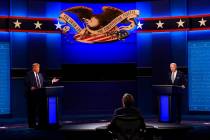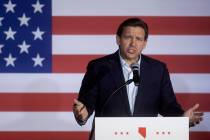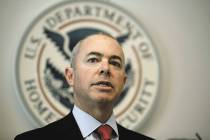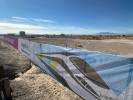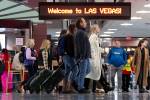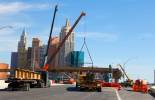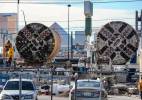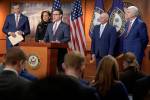Rail boondoggle
In his State of the Union address, President Barack Obama spoke of the vital need to reduce the federal debt and deficit. Yet on Monday, the president called for a six-year, $53 billion spending plan for high-speed rail, which he envisions as make-work projects that will "jump-start job creation."
An initial $8 billion in spending was part of the budget plan Mr. Obama released Monday. If Congress approves, the money would go toward developing or improving trains that travel up to 250 mph, and connecting existing rail lines to new projects. The White House wouldn't say where the money for the rest of the program would come from.
Even America's densest commuter rail corridor -- between Washington and Boston -- has proved incapable of sustaining rail service without vast federal subsidies, which tend to be "subsidies for the rich," since the kind of folk who commute between New York and Washington and their affluent suburbs do not tend to be minimum wage workers.
But now the president proposes to raise taxes and borrow to provide make-work jobs building high-speed rail lines from Alabama to Minnesota to Arizona -- lines for which no financier in the private sector has detected the slightest consumer demand or willingness of riders to pay the freight?
Previous "stimulus" spending has been an abysmal bust, with even Mr. Obama admitting -- after he earlier claimed it would pay off promptly by creating jobs for "shovel-ready projects" -- that there "were no shovel-ready projects."
Americans love their cars, and the freedom their cars represent. To travel longer distances, America has a thriving system of private airlines.
If private entrepreneurs can raise "risk capital" to attempt such a project, more power to them. But passenger rail projects built with federal funding on a "cost-plus" basis can be relied upon to cost many times initial estimates, to drag on for years beyond their original completion dates and to attract only a small portion of their projected ridership -- unless fares are heavily and permanently subsidized, as well.
As an example on a smaller scale, simply review the history of Washington's own "Metro" subway system.










